Zim needs to invest in weather forecasting technologies
- By Zimpapers Syndication |
- 03 Apr, 2025 |
- 0

Sifelani Tsiko ---
Zimbabwe needs up to US$20 million to install automated weather stations and radars across the country’s 59 districts to help improve the country’s seasonal and longer - term climatic predictions, a senior climate expert says.
Meteorological Services Department director, Dr Amos Makarau told the Zimpapers Syndication Service that with adequate funding, his organisation had plans to install 150 automated weather stations to help scale –up the provision of high quality and reliable climate information services.
“Zimbabwe needs weather radars to cover the whole country. At least about US$12 million is required for radars to help us cover areas where there are rain gauges or other weather instruments. For some areas in the in the country we are still unable to know how much rainfall they get.
“Lack of data for particular areas makes it even more difficult to make long- term climatic predictions and provide early warning systems to local communities.”
An automated weather station, he says, cost between US$30 000 and US$45 000. And to install 150 units, Zimbabwe will need between US$4,5 million and US$6,8 million.
And when the cost of automated weather stations and radars is put together, the figure balloons to nearly US$20 million, excluding other critical accessories and services required when installing them.
“This is only for infrastructure and not human resources and other requirements,” Dr Makarau says. “In the absence of resources, we need more volunteers to get information on rainfall and temperatures. This makes our work of getting localized climate data even harder. To improve our seasonal and long term predictions, we need engineers, IT experts, meteorologist and other skills
“This cost a lot, but it’s something that we need to work on over time.”
Zimbabwe has 10 provinces divided into 59 districts and 1 200 wards which still lack adequate weather stations.
This has made it extremely difficult for the Met Office to collate, analyse, package -up and distribute climate data on variables such as temperature, rainfall, wind, soil moisture and extreme weather indicators.
“We need at least one weather station in every district and a radar for every 50km to enable us to get reliable climatic data for our users,” says Dr Makarau.
“This is the ideal situation, but with no resources it’s still hard for us to produce reliable data that could be useful to localized situations. Our local communities require early warning systems that can help us to inform them about looming disasters such as floods and droughts.
“With adequate climate technologies it’s possible to provide them with even more accurate data on floods and drought. We need at least one rain gauge per ward and one weather station per district to help us make more useful predictions.”
The spread of climate weather stations is worrying, he says.
“Between Harare and Chivhu, a distance of about 150km, has one station, just imagine,” Dr Makarau says. “We need more radars and a station to help us capture meaningful climate information.
“With high - quality data tailored to their needs, farmers can plan what to plant and when and this can also assist our policymakers to have the information they need to make properly informed decisions.”
Zimbabwe and most other Sadc countries need to improve their human skills and climate technologies to provide accurate weather forecast and reduce the vulnerability of local communities to natural disasters.
Climate scientists at the just –ended 20th Southern Africa Regional Climate Outlook Forum (SARCOF) say it’s only South Africa which has adequate equipment to forecast accurate weather conditions while most other Sadc countries are operating using archaic equipment.
“The capacity to provide accurate weather information is there but it needs to be developed. The major limiting factor is that we don’t have proper and adequate equipment to use. It is only South Africa that has modern equipment,” a climate expert at the forum said.
“Sadc countries need to invest more in the development of climate scientists and in new climate technology to help us play our role more effectively.
“If nothing is done soon, we will expose our local communities to natural disasters.”
Despite lack of financial resources, the Met department in June this year received equipment worth US$2 million from China to help it detect veld fires.
The equipment makes it possible for local climate experts to monitor weather more effectively and process information more accurately.
The equipment availed by the Asian country, is able to receive and process data from Chinese satellites.
In addition to this, to now enables the Met department to issue our early warnings of disasters as well as provide better weather forecast.
The Met department has so far installed three automated weather stations in Masvingo and Rushinga districts.
Two months, ago, the department also announced plans to distribute 1 600 radios in remote communities to enable locals to access information on weather patterns in their districts.
Climate experts at the just ended SARCOF 20 expressed concern about the poor uptake of climate and weather information.
“People are not taking our predictions seriously and have in most cases ended up in serious problems after failing to heed our advice,” says one climate expert.
“Last year in August we predicted a drought across the entire Sadc region. I even warned government officials to start destocking cattle but no one listened. They only came to us when it was already too late, when cattle were dying.”
In the 1991 – 1992 drought, which was one of the worst in living memory, the expert says South Africa bought maize ahead of time to avert starvation based on warnings from climate experts.
“We could have done this last year and bought maize well ahead and before prices had gone up,” he says. “It is important to invest in strengthening our early warning systems as this can benefit our farmers, our people, our industries and our overall development goals.”
The current El Nino-induced drought gripping Zimbabwe and the entire region, has threatened food security, weakened power generation and led to the massive death of livestock.
The current drought has slowed down socio-economic development for the region, which depends heavily on rain-fed agriculture.
Predictions for the 2015/2016 cropping season were almost correct, showing that the SADC region would have normal to below normal rainfall for the period between October to December 2015 and the January to March period.
Climate experts say the El Nino weather pattern which, caused a massive drought in the entire SADC region, is now breaking into a neutral phase, but warn that it could degenerate into its opposite phenomena, known as the La Nina.
Drought has left up to 16 million people in need of food assistance across the region. Zimbabwe is one of the worst affected countries by the driest year in decades facing southern Africa - including Malawi, Zambia, Lesotho, Swaziland and South Africa.
The UN's World Food Programme said about 16 million people in Southern Africa are facing hunger due to poor harvests in 2015, caused by El Nino weather conditions.
In July this year, SADC appealed for US$2,8 billion in aid for seven drought stricken countries in southern Africa.
Zimbabwe, Malawi and Mozambique are among the hardest hit, but South Africa and Botswana too, have also joined the list. -Zimpapers Syndication Services
No Comments



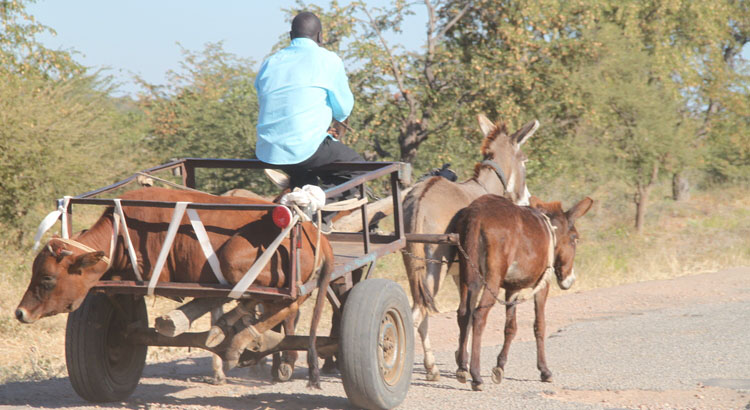


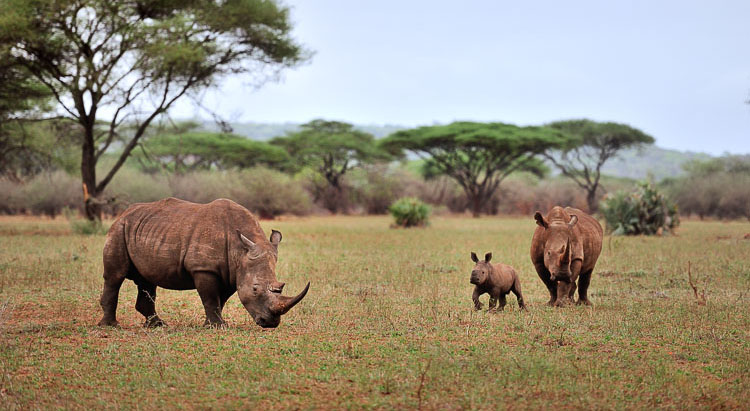
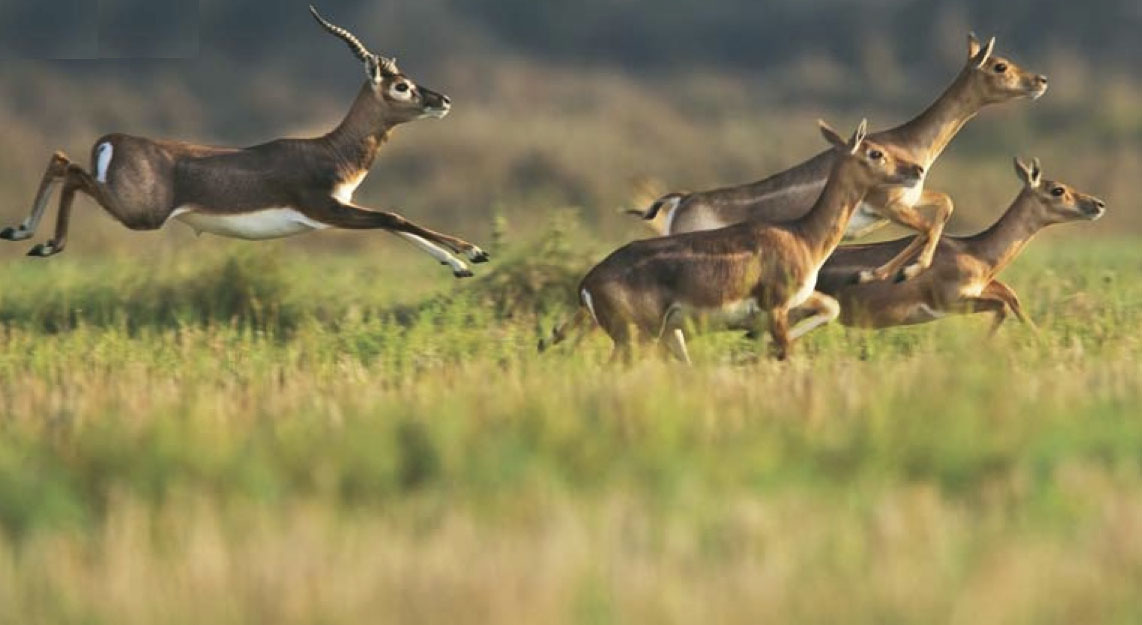
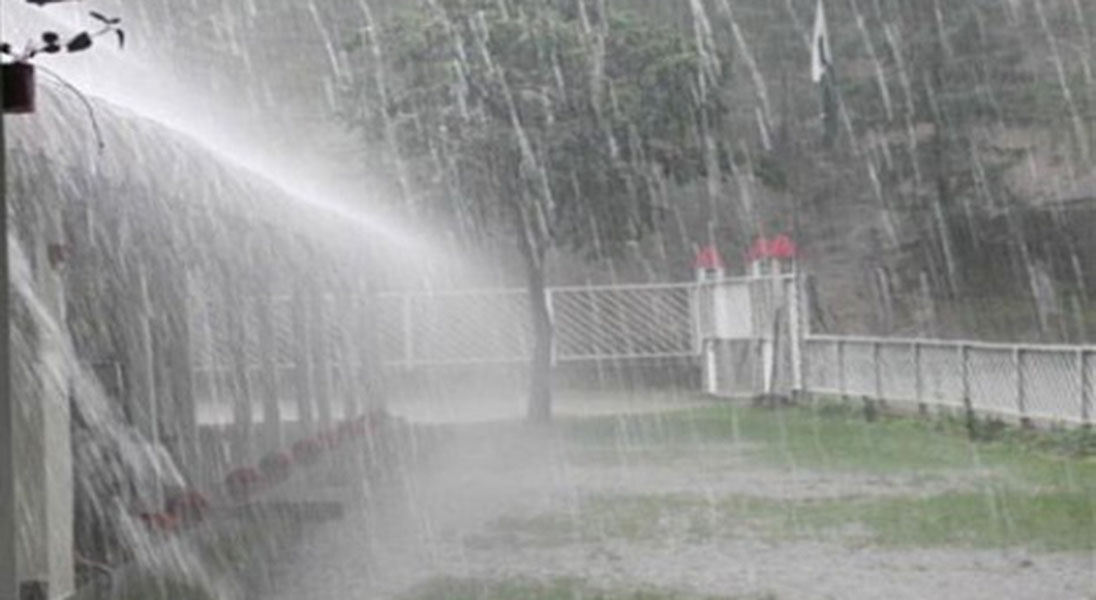
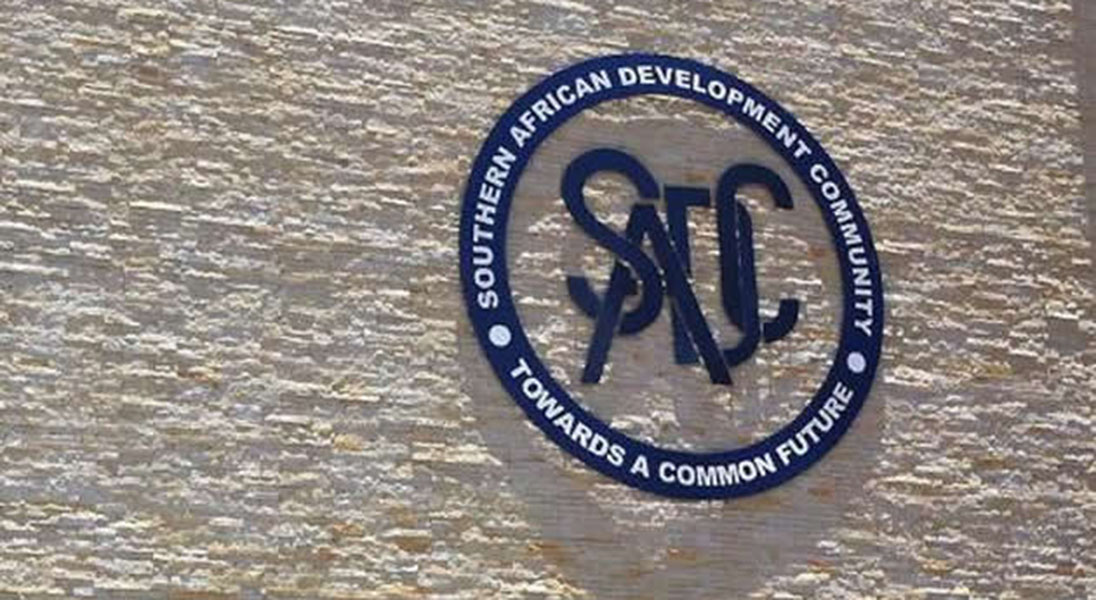
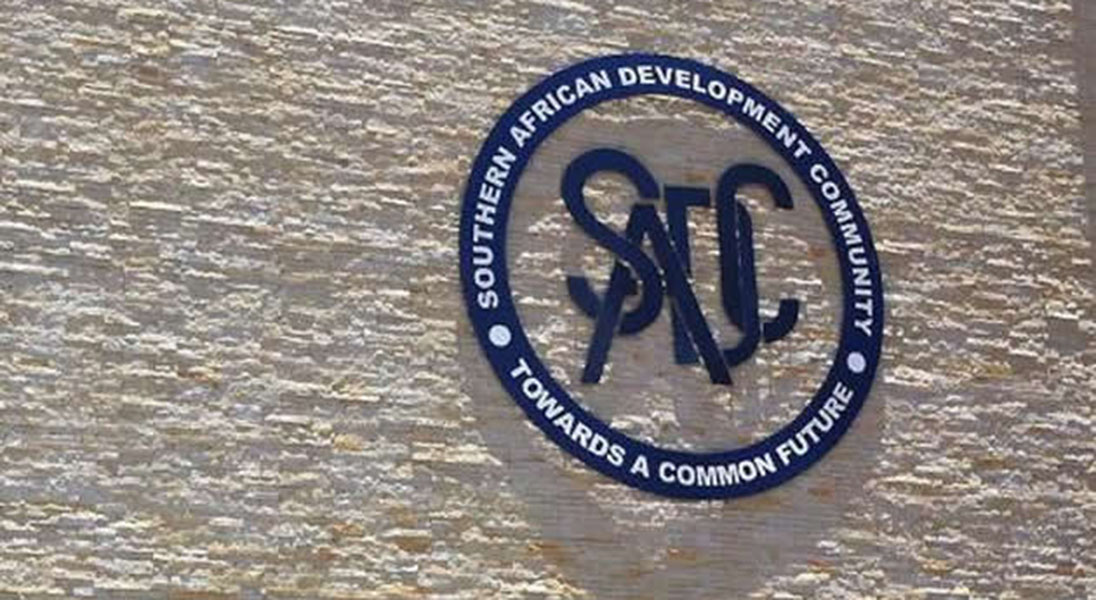
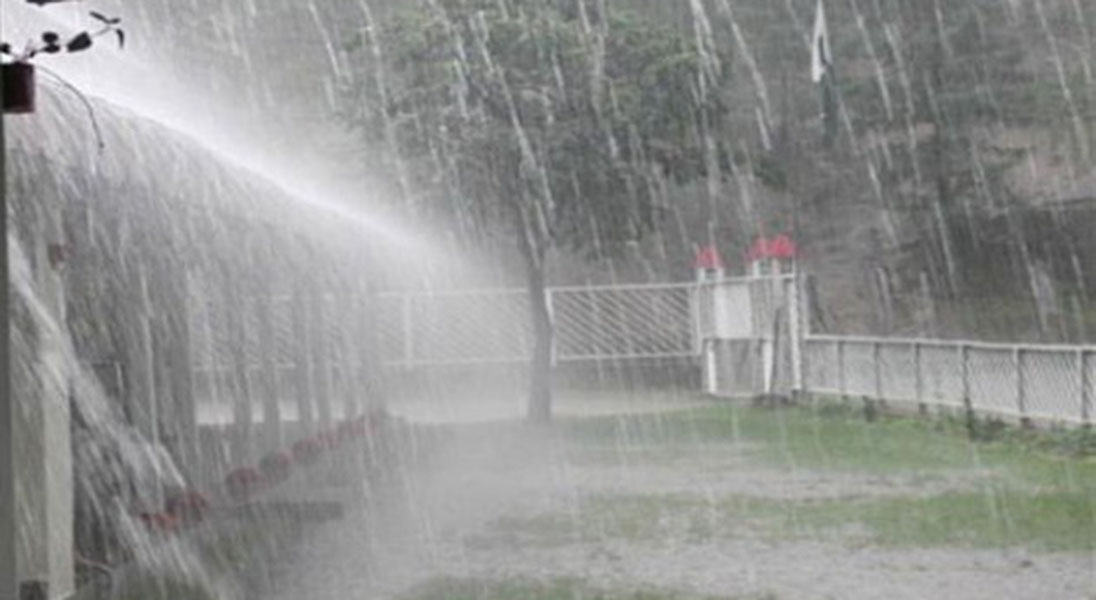
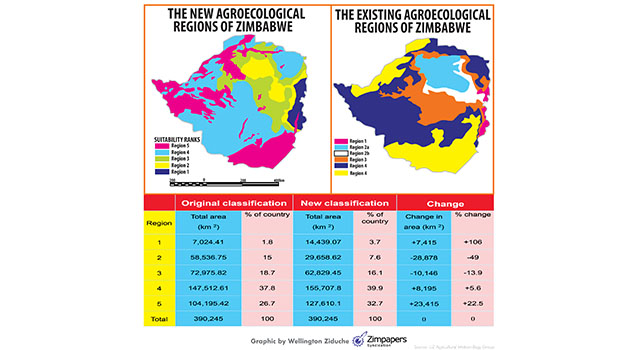
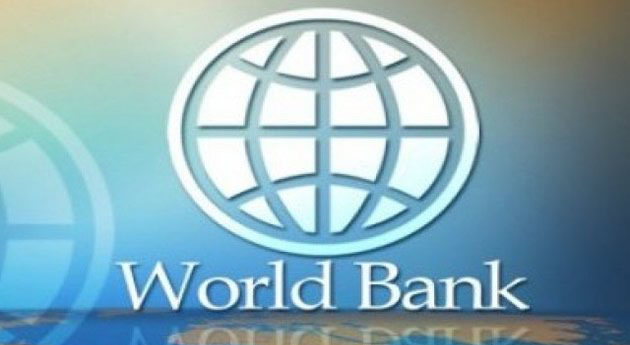
Comment